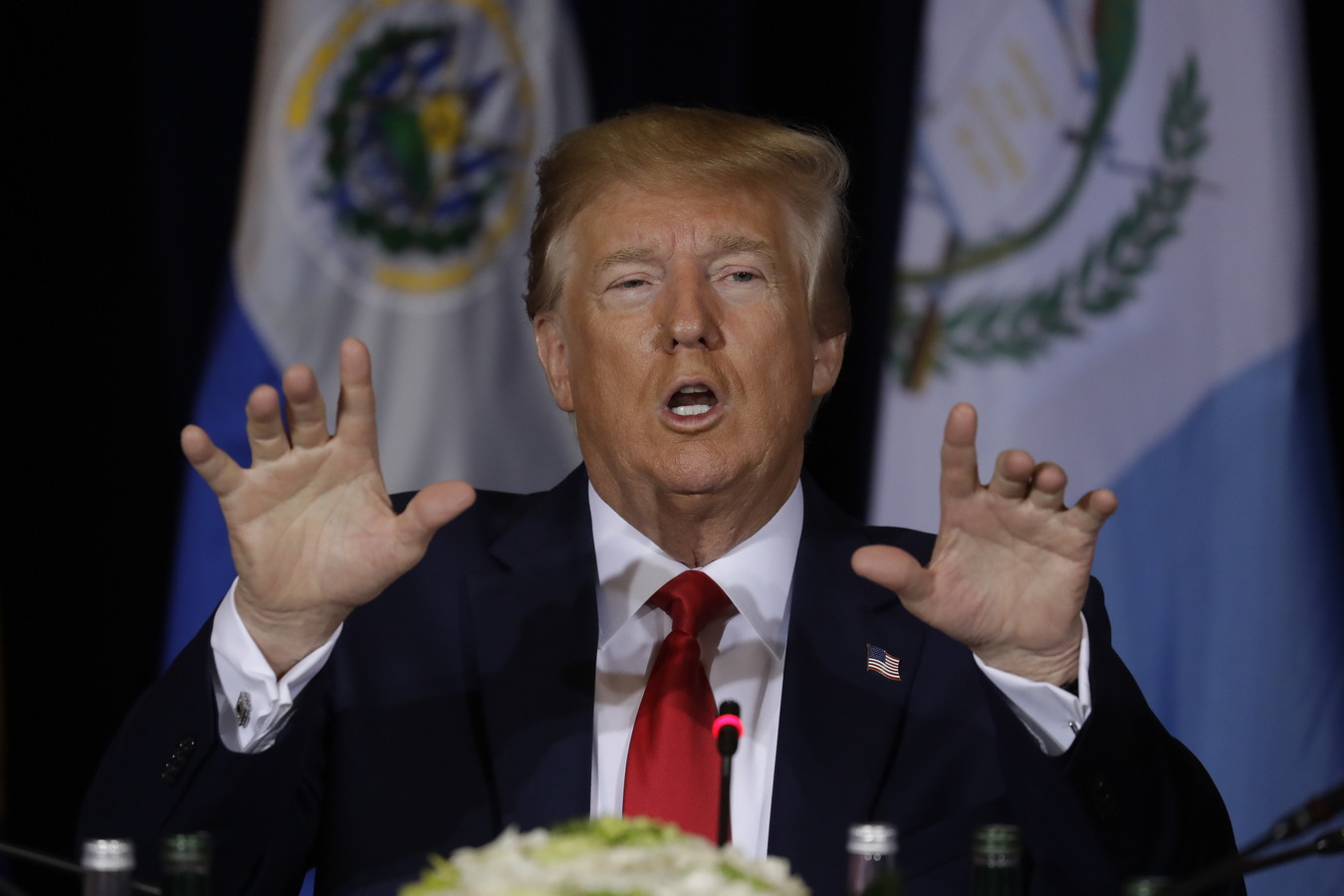How the U.S. Is Engaging a Strategic and Evolving Region
How the U.S. Is Engaging a Strategic and Evolving Region
A senior advisor to the Department of State reassures that Latin America factors strongly into U.S. foreign policy.
Christopher Sabatini and Ryan Berger’s CNN op-ed (“Why the U.S. Can’t Afford to Ignore Latin America,” June 13, 2012), commenting on the scant attention the Center for a New American Security’s recent “grand strategy” report paid to the Americas, outlined three compelling reasons why Latin America must figure prominently in the United States’ strategic calculations.
Their case boils down to our need for regional allies; Latin America’s increasing global integration; and ongoing security challenges in the hemisphere.
These observations are spot-on; today the hemisphere represents a remarkable series of opportunities. What the authors could have gone on to say is that these understandings are today at the core of U.S. policies in the region, which have never been more grounded in our long-term interests, and the practical and sustained efforts needed to advance them. While headlines have largely focused on crises and threats elsewhere, 21st century U.S. engagement with—and partnership in—the Western Hemisphere have grown steadily. Judged in terms of its scope and effectiveness, that engagement is at an historic high point.
This signals a profound recognition, in political capitals and business centers alike, that the Americas are becoming a critical platform for our shared competitiveness, growth, and security. Our governments and businesses are embracing the huge comparative advantages our geography confers—what Secretary of State Hillary Clinton refers to as “the power of proximity.” Today, we recognize too what a strength and advantage our demographic links with the rest of the Americas are— vectors for shared values and common purpose.
In North America, economic integration has progressed to the point where production is nearly seamless, to the huge advantage of all three economies. We are making continuous strides toward greater regulatory harmonization and smarter, more efficient border infrastructure. These will directly strengthen our nations’ competitive positions in the world and accelerate growth and job creation.
The Trans-Pacific Partnership (TPP) negotiations are proceeding at a fast pace. TPP’s ambitious goal is to link together dynamic economies in the Asia-Pacific in fair, open, high quality trading relationships. TPP represents a new milestone in global trade, a 21st century agreement that can help create a vast and level playing field on which all can play and win. Mexico and Canada were just this week ushered into the TPP talks, joining the U.S., Chile, Peru, and other key Asian and Pacific states. In the Americas, Colombia, Costa Rica, and others, are all natural candidates for accession as well, and have strongly signaled their interest in participating in what could be a game-changing new process of boosting trade, growth, and prosperity.
The U.S. already gets more than half of its imported energy from the Western Hemisphere, and that figure is growing dramatically. New technologies in renewable and fossil fuels, recently-found energy reserves (e.g. in Canada, the U.S., Brazil, and Colombia), and deep commitment to build energy connectivity in the Americas, point clearly toward a not-so-distant future of energy self-sufficiency and security in the hemisphere. The local and geopolitical implications of this transition are enormous.
Read the full article at www.AmericasQuarterly.org.
William McIlhenny is a senior policy advisor to the Department of State’s Bureau of Western Hemisphere Affairs. He is a former member of the Secretary of State’s Policy Planning Staff and served at the National Security Council during the Bill Clinton and George W. Bush administrations.








